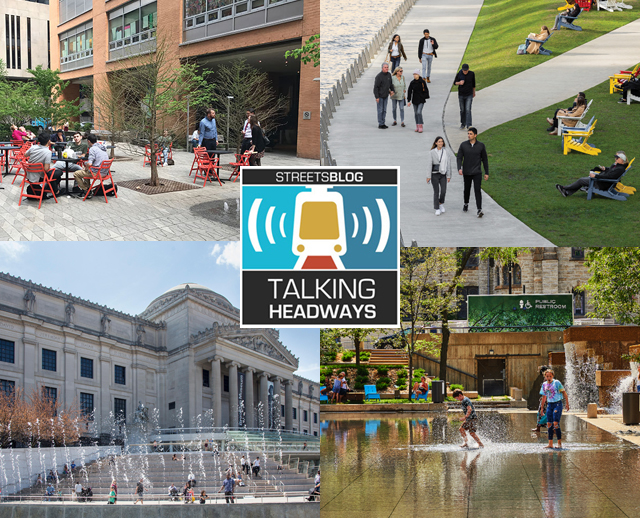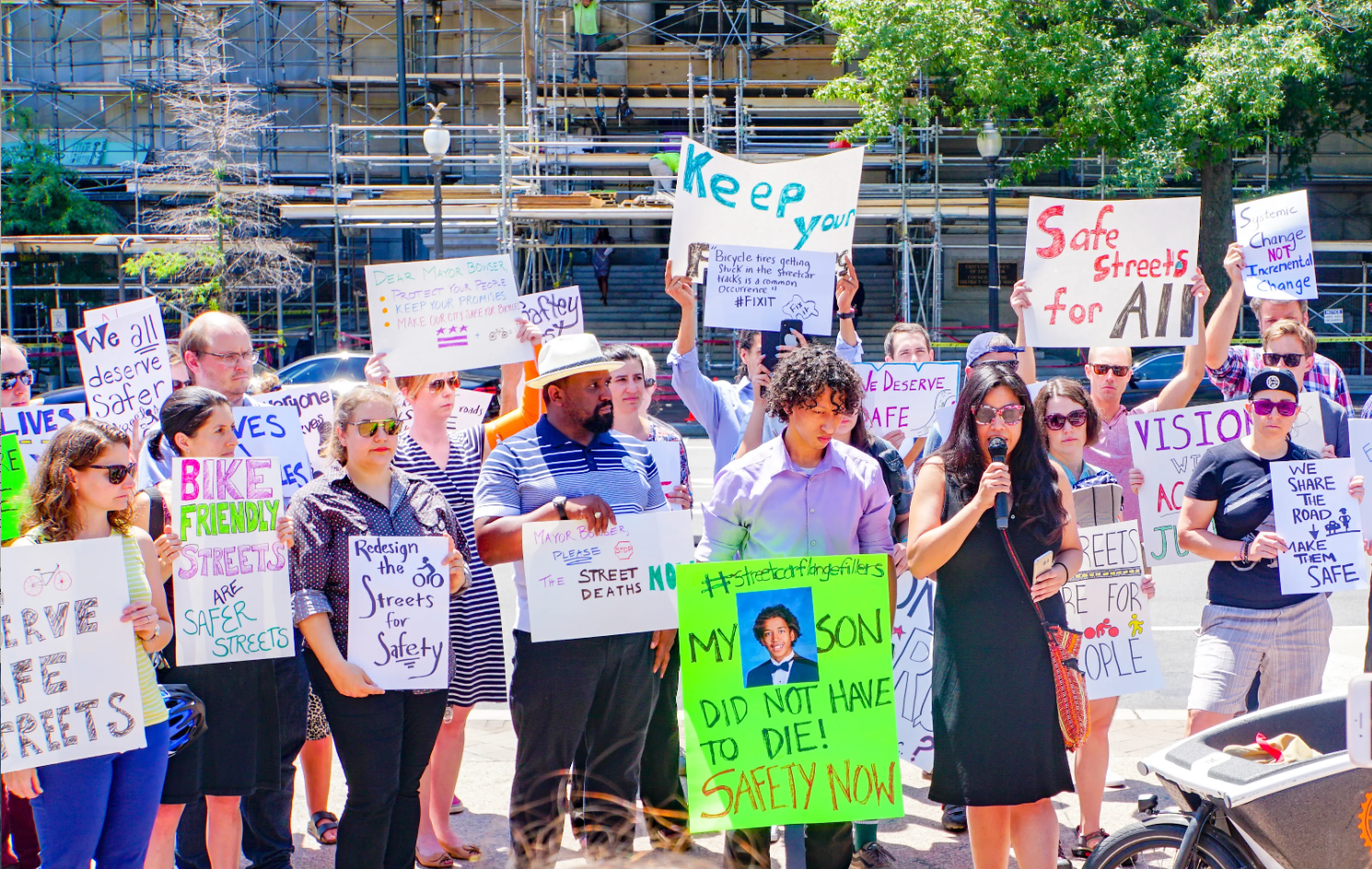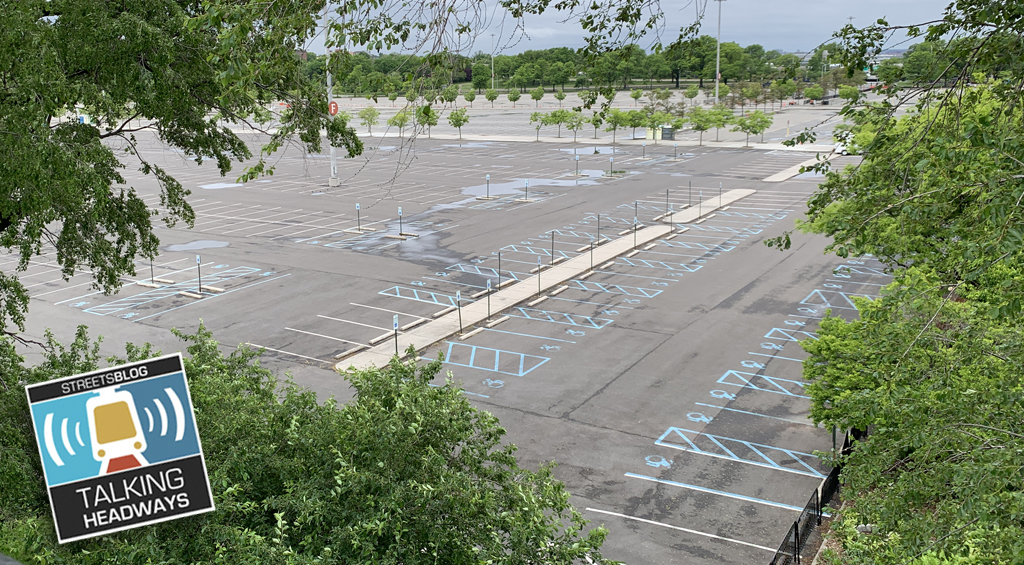This week we’re joined by Andrew Jones, program director for the Uptown and Downtown Oakland Community Benefits District. We chat about urban place management, how urban spaces are taken care of, and what it takes to keep them vibrant and engaging. It's really important.
Here's the audio player, but if you prefer to read rather than listen, there's an edited transcript below the player — or you can read the full unedited transcript here.
Partial edited section:
Jeff Wood: It feels like a huge topic, but what exactly is urban place management? I mean, there’s place management, there’s activations such as murals, landscaping, greening, street furniture, installation, all those things. But what exactly is it that brings all these things together under one umbrella?
Andrew Jones: The industry has been doing a great deal of work to set a standard, if you will. And I think I can do a plug here for the International Downtown Association, our trade group, if you go to downtown.org, there’s an amazing about us page that really dives into what urban place management is, by definition, and the seven domains that we focus on. But in summary, we are caretakers of the public realm. That’s the way I like to think about it. And our dear friend Carrie Morrison kind of coined this term specifically how we ought to treat people that are living in the streets or on our streets, generally.
This idea of radical hospitality — that downtown should be this welcoming, bustling place where people have connection and energy and shared experience and art and cultural and rich fabrics. All these things that represent cities come together in a unique way in downtowns. So we’re caretakers of the public realm. We want to make sure that things feel safe, they are safe, that they feel clean, that they are clean, that the things that make this city of Oakland. And we get to work elsewhere, too, from Berkeley to San Francisco and all sorts of districts that are authentically representing the rich culture of their cities and then also playing really amazing hosts to international art that may be coming in.
So in that way, we present the best of what our city has to offer, and we usher it into place and we hope that the people that are coming to experience that have an experience that feels like they’ve been cared for.
Jeff Wood: So it’s managed differently though, in different places. I imagine there’s different ways that these kind of organizations of downtowns or business districts are set up. Is there a difference between maybe one way of doing things in another, like a, a business improvement district versus a community benefits district?
Andrew Jones: Sure. So I think that there, there are several mechanisms that generate the funding that go to pay people like me, right? So in general, there’s gotta be a group of people, whether it be property owners or merchants that have agreed to assess themselves a special tax. And that tax is collected. It can be through sales tax that everyone agrees a percentage of their sales tax goes to this fund. Or it can be agreed that based on the size of your property, you’ll pay more or less. And that fund is collected through your property taxes and managed typically by a 501(c)3 or (c)4 .
And, and so the nonprofit is created to manage those funds of money. And so the property owners have an organization to look to. You’ve taken my money and you are to spend it in agreed-upon fashion. And very roughly that goes to cleaning safety and marketing initiatives and all those things can be pretty broadly crafted, but cleaning, you know, straight up litter abatement, graffiti abatement, illegal dumping abatement, we, we do all the things in between the code brown, the code yellow code, green pressure washing, et cetera. And then you’ve got beautification initiatives, you’ve got greening initiatives, hanging plant baskets, mediums, ground planters.
So every, there’s a lot of things that fall into kind of like the clean and safe. And then marketing is, you know, telling the story of your downtown. So, events, just marketing platforms, like really just kind of continuing to boost and showcase restaurants and restaurant weeks and putting together all sorts of different, you know, media that would get people to say, huh, yeah, I want to come to downtown Oakland or downtown Spokane. So those are kind of the three primary categories that people fund these initiatives to achieve greater levels of service that are all kind of above and beyond what the city can afford to, you know, give to that given neighborhood. And typically they’re very, there’s a contiguous area.
It’s like you don’t go one foot outside of your, you know, the property owner on this side of the street pays this one on the other side doesn’t, you don’t cross the street to go and clean in front of their building. So it’s a very defined boundary that is typically a part of your zone or your district.






